Retro Replay Review
Gameplay
The core of SDI: Strategic Defense Initiative is its tightly crafted shoot ’em up mechanics, combining both defensive and offensive missions to keep players on their toes. In defensive stages, you’re positioned in orbit, tasked with intercepting incoming warheads before they strike the continental United States. It’s a modern twist on the classic Missile Command formula: you must juggle multiple targets, calculate trajectories, and time your shots precisely to neutralize threats. The tension ramps up quickly as waves grow denser, forcing you to prioritize which incoming missiles pose the greatest danger and adapt your tactics on the fly.
Switch to the offensive segments, and SDI transforms into a free-roaming, side-scrolling shooter. Here, you pilot your satellite through lush, destructible environments, engaging enemy satellites, drones, and ground defenses. These sections reward exploration, as hidden power-ups and salvageable structures can grant you extra firepower or shields. The dual-phase design breaks the monotony, alternating high-stakes missile interception with adrenaline-fueled dogfighting, creating a well-paced ebb and flow that keeps gameplay fresh.
One of SDI’s standout features is its control scheme, particularly on the 16-bit versions. Motion and firing direction are decoupled: you rotate the mouse horizontally to aim and vertically to adjust firing range, while the joystick handles your satellite’s movement. Though it can feel daunting at first, this scheme delivers a level of precision that traditional twin-stick shooters often lack. Mastering these controls yields a satisfying sense of command over the battlefield, making every successful interception or tight dodge immensely rewarding.
The difficulty curve in SDI: Strategic Defense Initiative is steep but fair. Early levels serve as a tutorial of sorts, allowing new players to get comfortable with the dual controls and pace of action. By the mid-game, incoming barrages grow in complexity, with warheads that split, homing drones, and even decoy missiles designed to distract. Meanwhile, offensive stages introduce tougher enemies and environmental hazards, such as collapsing platforms and energy fields. Each challenge feels deliberate, forcing you to refine your skills without ever feeling outright impossible.
Graphics
Visually, SDI: Strategic Defense Initiative embraces the vibrant, pixelated aesthetic of early 16-bit shooters. Its satellite and missile sprites are crisp and easily distinguishable, even amid chaotic on-screen mayhem. Explosions bloom in bright oranges and yellows, lending satisfying feedback to each successful shot. Backgrounds shift between star-laden voids, Earth’s curvature seen from orbit, and destructible futuristic landscapes, providing visual variety that underscores the game’s two-pronged mission structure.
One of the game’s most impressive feats is how it handles destructible terrain during offensive missions. Buildings and platforms shatter realistically under fire, sending debris drifting across the screen. These dynamic environments not only look great but also have gameplay implications: destroying a platform might reveal power-ups but could also remove potential cover. The attention to detail in particle effects—smoke trails, explosion fragments, and debris splinters—adds to the immersion, making each run feel unique.
Performance remains rock-solid even during the busiest moments, with dozens of projectiles and enemies onscreen without noticeable slowdown. The color palette is bold yet balanced; enemy designs often employ a contrasting hue that allows you to track threats quickly. Meanwhile, subtle screen shakes and lighting flashes heighten the impact of near misses and interceptions. On CRT displays or modern upscalers, SDI retains its retro charm while avoiding the blur that plagues many older shooters.
While the HUD is kept minimal to maintain immersion, it delivers all essential information—shield status, missile count, and radar blips—without cluttering the screen. Sound cues integrate seamlessly with visual elements: a distinctive ping alerts you to incoming warheads, and charging up a powerful shot is accompanied by a rising hum that ramps up excitement. Combined, the audiovisual presentation makes each mission feel like a high-stakes space opera.
Story
SDI: Strategic Defense Initiative doesn’t rely on a sprawling narrative but instead offers a concise Cold War–inspired premise: you are the last line of defense for Earth’s homeland, operating a cutting-edge orbital satellite railgun system. Brief mission briefings set the stage, describing enemy objectives—whether that’s a swarm of rogue missiles launched by an unknown faction or a sudden breach in a hostile nation’s defense grid. This lean approach keeps the focus squarely on the action, while still providing enough context to heighten the stakes.
Characterization is minimal, but strategic voice-overs and mission updates add just enough personality to the proceedings. Your command center occasionally chips in with tactical tips or witty banter, reminding you why every intercepted warhead matters. Though you never see faces or hear dramatic monologues, the sparse storytelling aligns well with the game’s arcade-inspired roots, where quick setup and rapid gameplay loops are key.
Between missions, short cutscenes hint at a larger conspiracy underpinning the global attacks, teasing new enemy types and advanced missile technologies. These narrative flourishes encourage forward momentum, urging players to see how the plot will unfold. While story enthusiasts craving deep lore may find the offering bare-bones, the snippets of intrigue and high-concept premise deliver just enough narrative fuel to complement the core shooting experience.
For players interested in context, the manual (or digital booklet) provides background on the fictional geopolitical landscape, scientific data on the SDI program, and profiles of key technological components. For those who enjoy a hair-raising setup before diving into action, this supplemental material enriches the world without bogging down the gameplay itself.
Overall Experience
SDI: Strategic Defense Initiative succeeds by marrying classic arcade sensibilities with modern design flourishes. The alternating defensive/offensive stages create a captivating rhythm, balancing high-stress missile interceptions with exploratory shoot ’em up action. The challenging yet fair difficulty curve ensures that both newcomers and seasoned veterans will find moments of thrilling achievement and nerve-wracking tension.
Visually and aurally, the game strikes a harmonious balance between retro pixel art and dynamic effects that hold up well today. Destructible environments, responsive controls, and clear visual feedback all contribute to an experience that feels both nostalgic and fresh. Meanwhile, the minimalist story framework provides just enough context to drive you forward without detracting from the nonstop action.
Replayability in SDI is bolstered by multiple difficulty settings, hidden upgrades, and an optional arcade mode that strips away tutorials for a pure, unfiltered challenge. Scouring each level for secret power-ups or achieving score-based milestones adds an extra layer of depth for completionists. Cooperative or competitive two-player modes (where available) amplify the fun, letting friends team up to defend the planet or test their skills head-to-head.
For buyers seeking a tightly focused shooter with a unique dual-structure premise and robust replay value, SDI: Strategic Defense Initiative is a standout choice. Its blend of strategic defense segments and free-roaming space combat, combined with polished presentation and engaging challenge, make it a must-play for fans of the genre and a worthy addition to any retro shooter collection.
 Retro Replay Retro Replay gaming reviews, news, emulation, geek stuff and more!
Retro Replay Retro Replay gaming reviews, news, emulation, geek stuff and more!
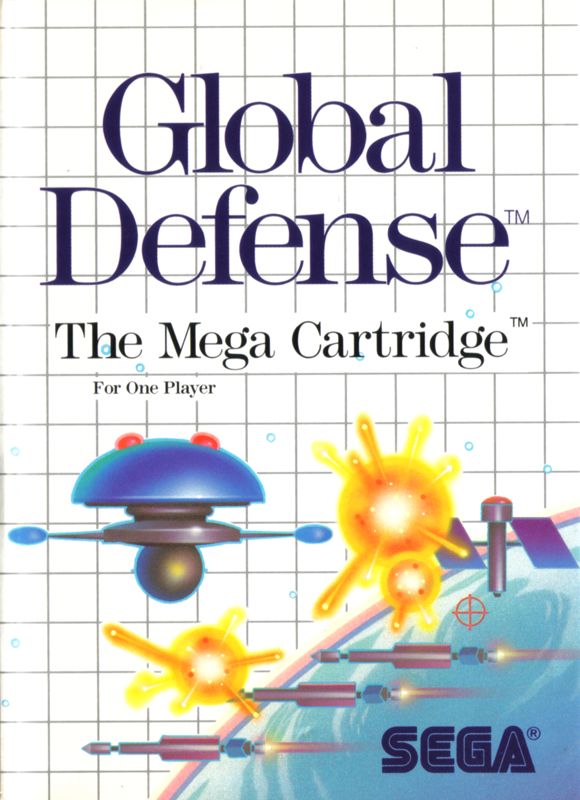
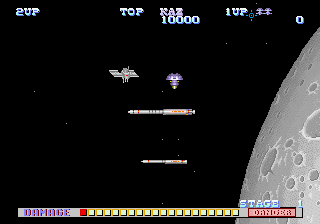
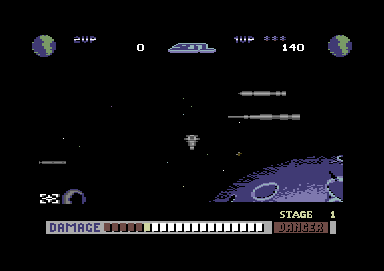

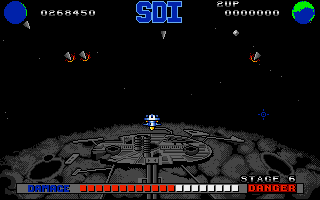
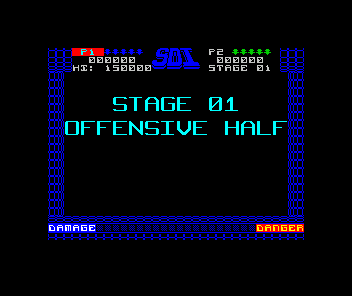
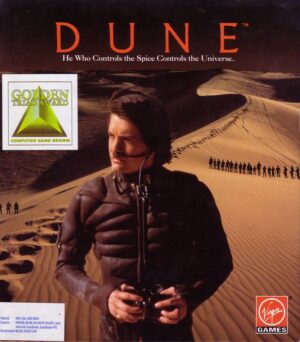


Reviews
There are no reviews yet.